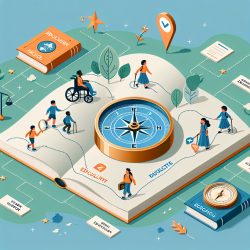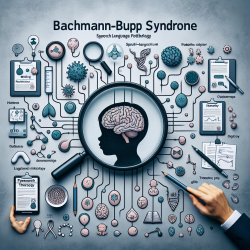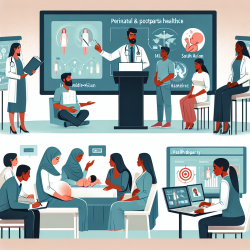Understanding Inclusive Education in British Columbia
In 1995, British Columbia introduced a Special Education Policy Framework to guide inclusive education, ensuring that all students have equitable access to learning and opportunities for achievement. This framework has evolved into a comprehensive set of policies and guidelines that support students with disabilities or diverse abilities in achieving their educational goals.
The Foundation of Inclusive Education
Inclusive education is built on the principle that all students are entitled to equitable access to learning, achievement, and the pursuit of excellence. This means that students with disabilities or diverse abilities should be fully participating members of a community of learners. The practice of inclusion goes beyond mere placement in regular classrooms to include meaningful participation and interaction with others.
Key Legislation and Orders
- Students with Disabilities or Diverse Abilities Order M150/89: Defines students with disabilities or diverse abilities and outlines the obligation of school boards to consult with parents regarding placement.
- Individual Education Plan Order M638/95: Requires school boards to design and implement individual education plans for students with disabilities or diverse abilities.
- Learning Update Order M184/23: Describes reporting requirements for students with disabilities or diverse abilities.
What is an Individual Education Plan (IEP)?
An IEP is a documented plan for a student with disabilities or diverse abilities that includes individualized goals, adaptations, modifications, services to be provided, and measures for tracking achievement. It serves as a collaborative tool for planning among the school, parents, and the student, ensuring that the educational program is tailored to the student's needs.
Planning and Placement
School boards must ensure that an IEP is designed as soon as practical after identifying a student with disabilities or diverse abilities. Parents and students should be actively involved in the planning process, which includes setting goals, identifying necessary support services, and determining appropriate placement. The emphasis is on educating students in neighborhood school classrooms with their age and grade peers, while also providing access to resource rooms or specialized settings when necessary.
Evaluation and Reporting
Regular reporting procedures are used to communicate student learning for students with disabilities or diverse abilities. In cases where students are assessed on individualized learning goals rather than the standard curriculum, written feedback must clearly explain the student's progress and areas for further growth.
Accountability and Appeals
The Ministry of Education audits the enrollment of students with disabilities or diverse abilities to ensure fair distribution of resources. School boards are required to have appeal procedures in place to resolve disputes, ensuring that students and parents have the right to be heard and to an impartial decision based on relevant information.
For more information, please follow this link.










